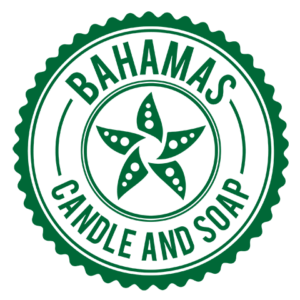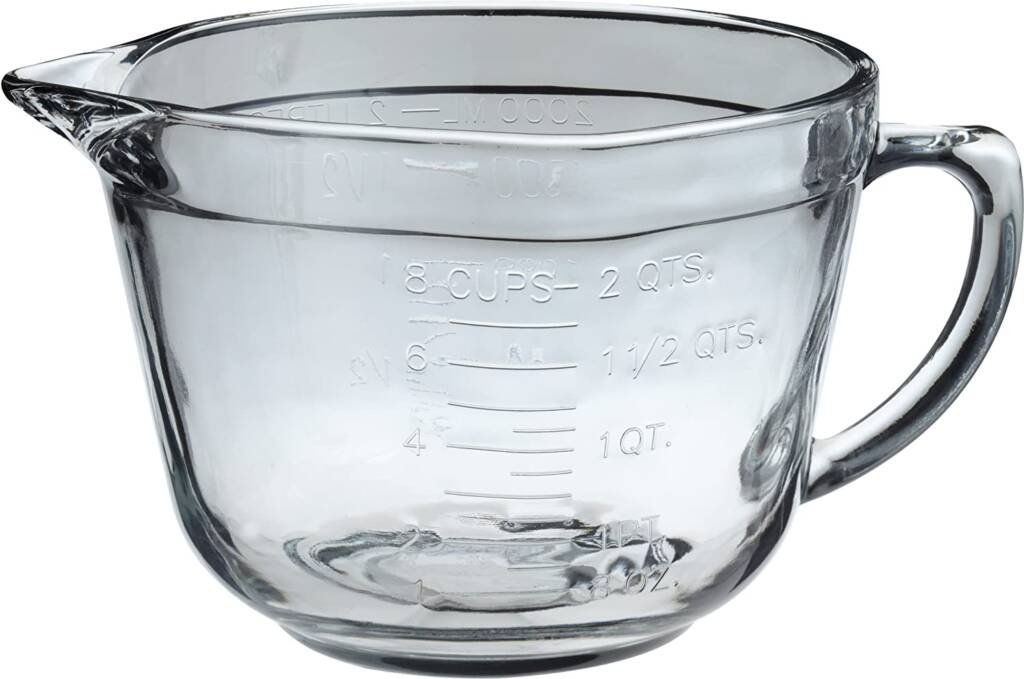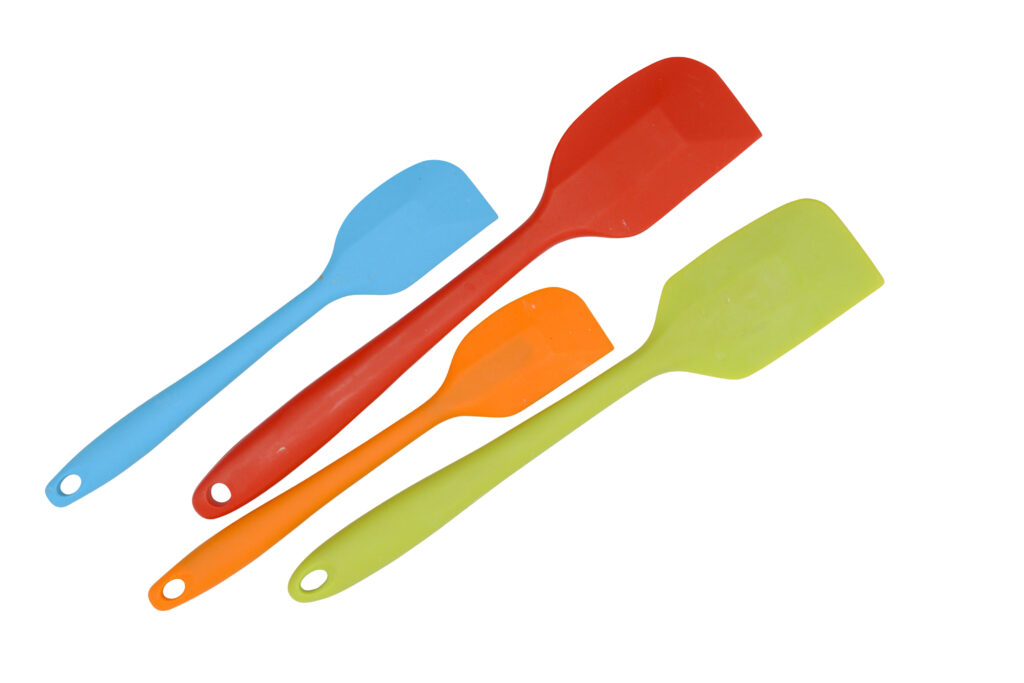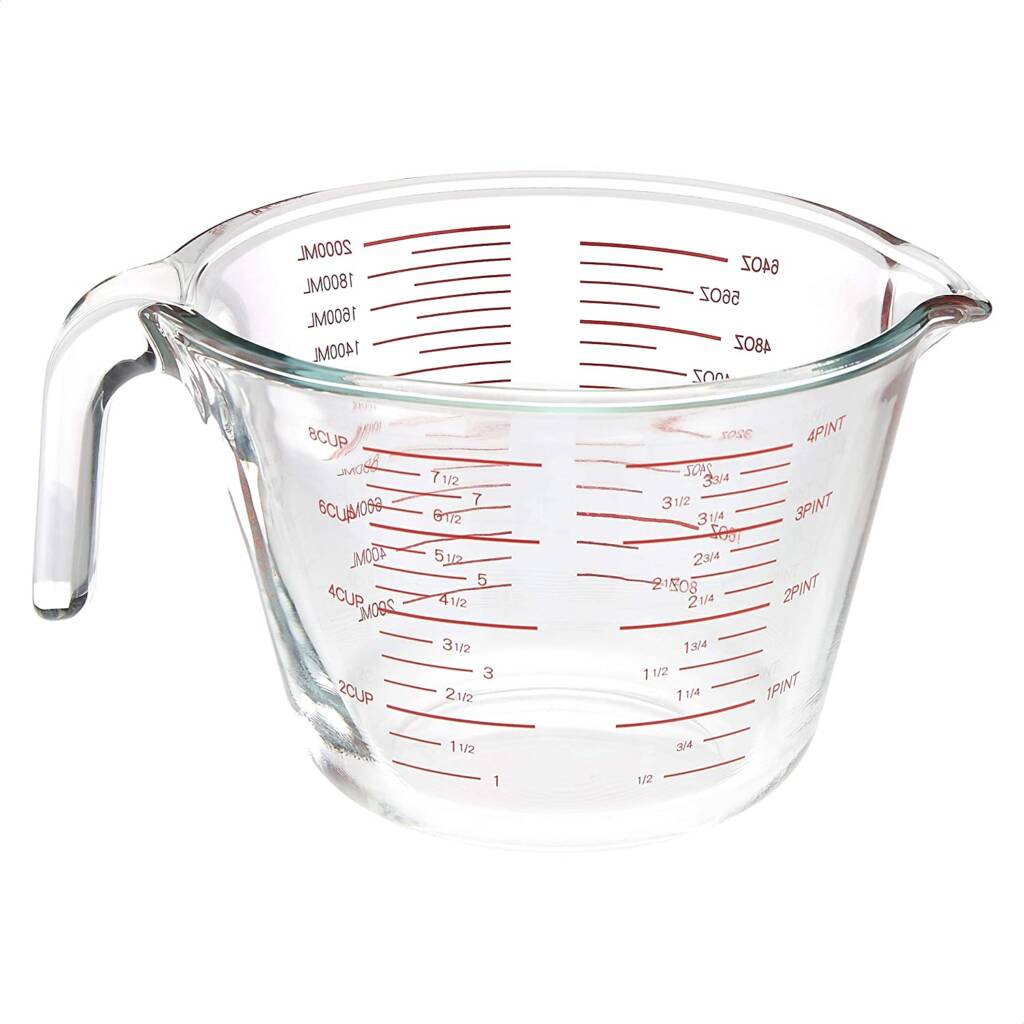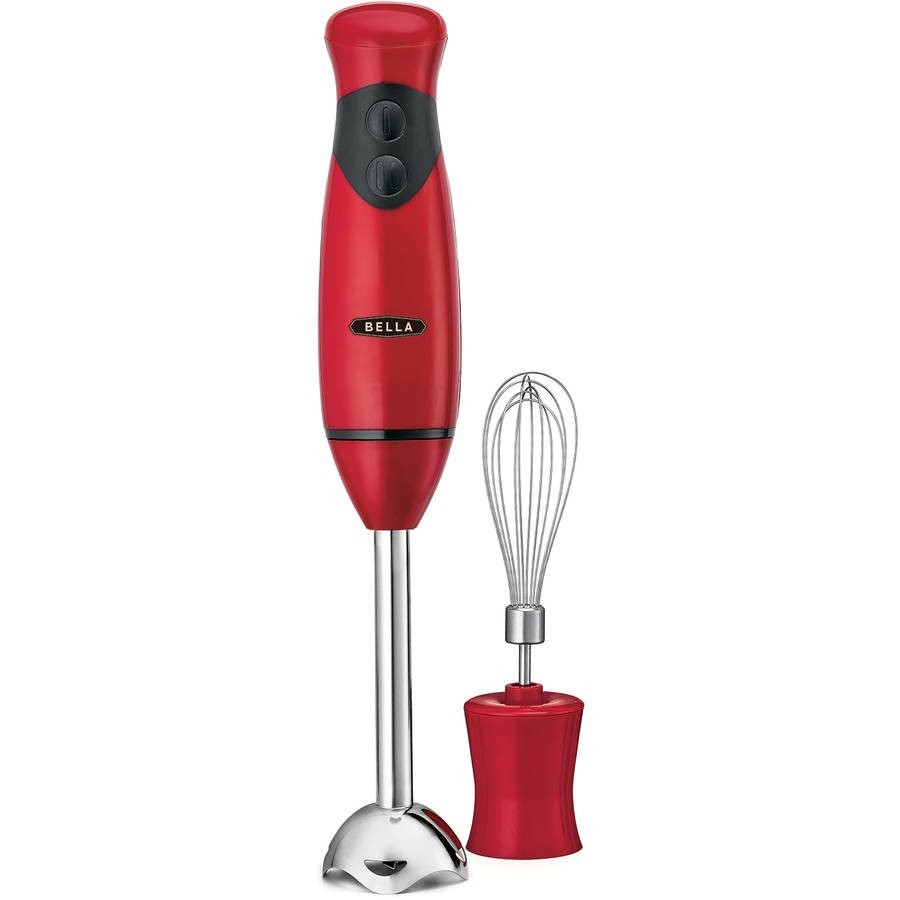Castile Soap Recipe
Castile soap has been known as a soap made entirely from olive oil. However any soap made of primarily vegetable oil can be considered castile soap. Its origin is said to be somewhere in Spain but a history lesson this is not.
Making castile soap in this sense will refer mainly to a soap made from 100% olive oil only. To make castile soap only requires olive oil, lye, distilled water, fragrance which is optional and also optional sugar to help boost lather all in the right proportions.
Unlike other soaps made with a mixture of oils that can take up to 3-6 weeks to cure. Olive oil soap aka castile soap is at its best if it is allowed to cure for one year. Although the soap can be used within 4-6 weeks it will melt in hot shower or if its kept wet.
Some soapers advise a 6 month cure time and have made good long lasting soap that cured for this time. However the best feeling and long lasting soap Bahamas Candle and Soap has ever made was allowed to cure for 1 year. We will talk a bit more about the curing process later in this article.
Cold Process Soap Making Safety
The one key point that is stressed as we teach and we will stress here at Bahamas Candle and Soap is the importance of safety in candle and soap making.
When making soap you will be working with super heated materials with the potential to cause major skin burns. You must be sure that you are properly prepared.
The main ingredient in soap making is sodium hydroxide also known as lye. This corrosive chemical reacts with water and begins to heat up drastically, however this chemical reaction is needed to convert oils into soap.
It is good to make safety procedures a standard and a habit when it comes to making cold process soap. Many soap makers have stated that after making soap for a while it becomes easier and less scary once they stick to safety protocols
Sodium Hydroxide – Lye SAFETY
Sodium hydroxide is an inorganic compound used to emulsify the fats of oils into soap. When used properly in soap there will be no lye left over in the soap as its chemical makeup changes to create the actual soap.
When handling lye be sure to protect your exposed skin. Here are a few items we recommend you have.
- Gloves
- Long sleeve shirt
- Long pants
- Closed toe shoes
- Safety Goggles
These items will ensure if there are any accidents such as splashes you will keep your skin safe from the burning sensation of lye.
NOTE
- Use an appropriate container to hold your lye and to mix your lye water. Heat tempered glass works very well or hard plastic containers.
- When making your lye water remember to add the LYE to the WATER and never the other way around.
- Mix you lye solution in a well ventilated area. The fumes that will arise from mixing water and lye can become noxious to some persons while its chemical scent can burn your nose and make your eyes water.
- Ensure that you are wearing your safety glasses, rubber gloves, long sleeve shirt and pants and close toe shoes. This is to avoid any splashes getting on your skin. Another reason is that if you use a container that cannot handle the heat created by the lye water solution it could break and the entire solution can get on your body.
- Learn more about lye safety HERE
Oils
In some recipies and depending on where in the world you live you may have to pre heat your oils. Oils can also burn the skin when heated hence ensuring that you are safe from splashes or spills is very important.
This recipe uses Olive and Coconut and cocoa butter
Castile soap recipe Ingredients
| Ingredient | Pecentage | Weight |
|---|---|---|
| Olive Oil | 100% | 21.12oz |
| Distilled Water (discounted) | 12.54(9.54 )oz | |
| Lye | 4.14oz | |
| Granulated sugar | 1tsp per lb of oil | |
| Fragrance Oil (optional) | 1.5oz | |
| Sodium Lactate (optional) | 2tsp | |
| Sugar (optional) | 2tsp |
Download Castile soap recipe.
Tools needed for castile soap making
Infrared Thermomete
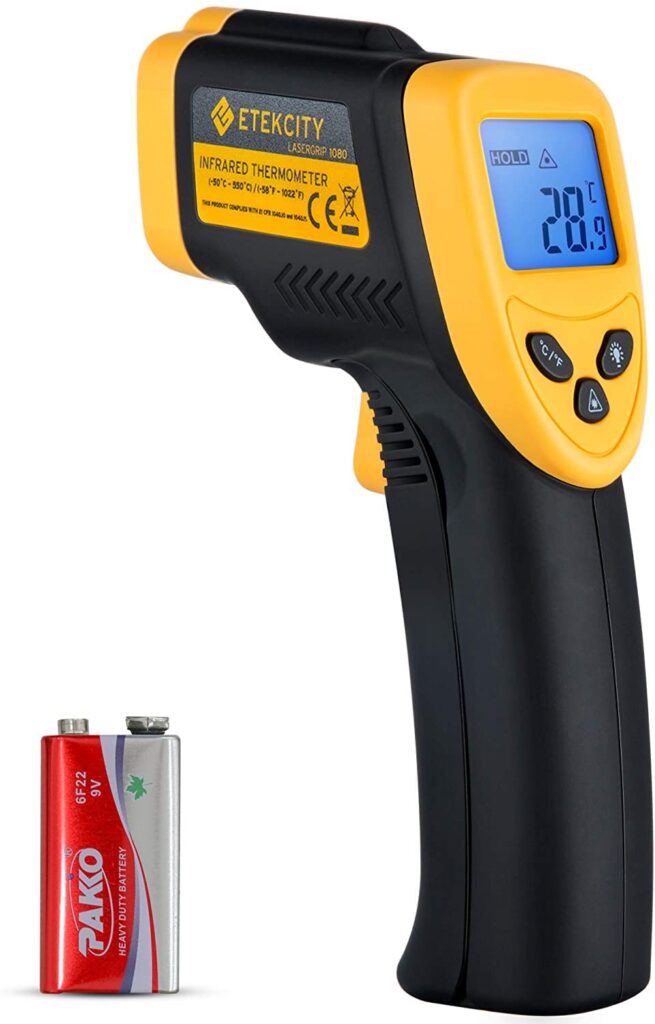
Steel whisk

Measuring spoon 1oz
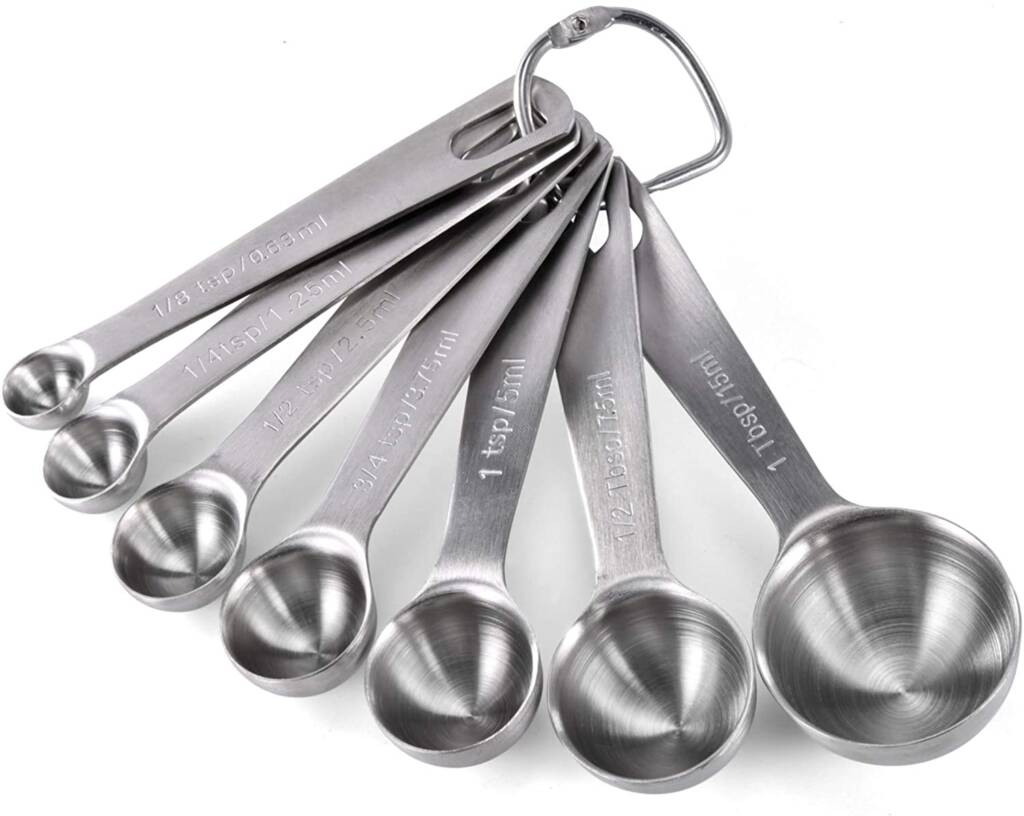
42oz loaf mold

Food grade scale
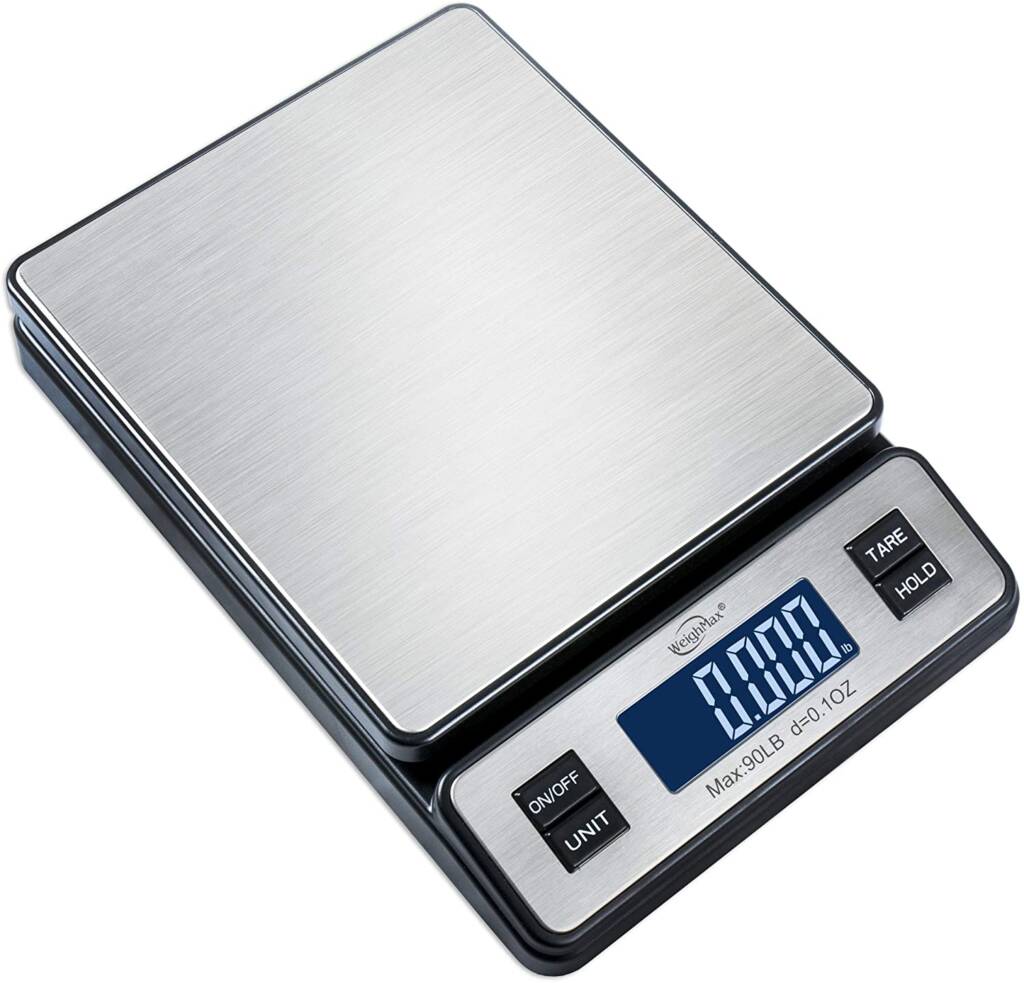
Instructions to make castile cold process soap
Making a 100% olive oils soap comes with a caveat. Olive oil is considered a soft oil hence it will take longer to cure and harden. Although you can use the soap within 4 – 6 weeks it may not last as long in a humid enviroment such as your bathroom.
There are ways to manage this “:melting” of sorts but for now its good to know what can happen if your soap does not cure fully.
How long does castile soap take to cure fully. Some soapers advise a good 6 months while others swear that a 1 year cure produces the best skinloving castile soap you will ever use in your life. Its best to test the time out for yourself and see which works best for you.
1 – Lye water preparation for cold process soap making
Remember to observe the safety protocol for handling sodium hydroxide.
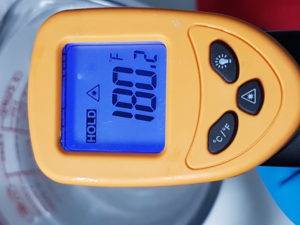
- Using your heat tempered measuring cups measure out by weight using your scale the 12.54oz of distilled water
- If you want to boost the lather of your soap as olive oil often gives low lather you can follow the bullet points below other wise skip to step #3
- using your scale pour into a smaller container 2oz of water.
- Warm this water in the microwave and add 2tbs of sugar to the water and stir to dissolve the sugar.
- Set this sugar water aside to be used in the batter laterf.
- Use your second measuring cup to weigh out 4.14oz of sodium hydroxide/lye.
- Add your lye to water (never the other way around) slowly and mix using the steel whisk until dissolved. Check the temperature of the lye mixture once the lye has been dissolved. It can be up to 200 degrees Fahrenheit.
- To ensure an even harder bar and to make it easier to remove the soap from the mold add the 2tsp of sodium Lactate to the lye water mix.
- Set your lye water to the side to cool but safely away from any potential accidents such as bumping the table or knocking over the measuring cup. (NOTE – depending on your location and ambient heat, you can place your lye water in the refrigerator to cool quicker. You will want to check on it every 5 minutes taking its temperature using the infrared thermometer. 120-130 degrees Fahrenheit is a good temperature that you are looking for.)
Now that you have prepared your lye water you can begin to prep your mixing bowl and olive oil while your lye water cools
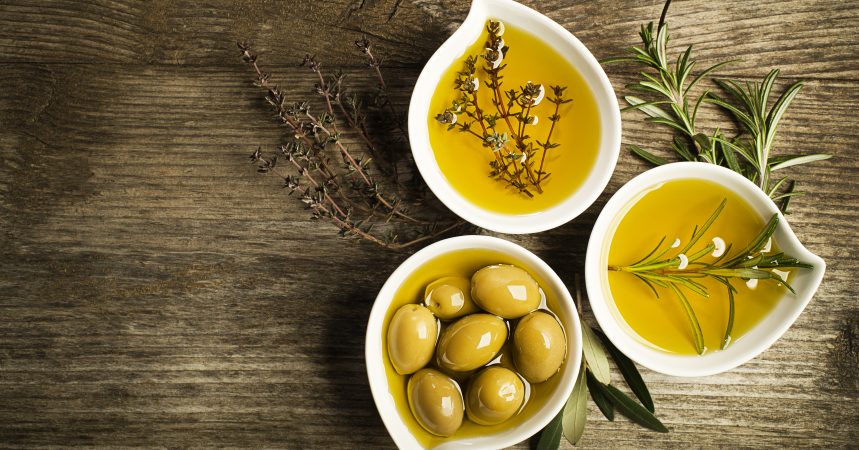
2 – Oil preparation for castile cold process soap recipe
Olive oil is a soft oil so it usually stays at room temperature. If you are in colder climate you will want to bring the temperature of your oil between 80-120 degrees Fahrenheit before continuing.
With the olive oil measured out in the mixing bowl you are ready to add your fragrance or essential oil if you want to add a scent to your soap.
If this is your first time making castile soap I do recommend you do not add any scent to your soap. This is to ensure your first batch does not have any complications that can occur with some fragrance oils such as accelerating trace or discoloration.
Making a plain castile soap will also get you used to the smell of a 100% olive oil soap and may help you choose on your next batch what is the best fragrance to use.
Prepare olive oil for castile soap
Because this recipe calls for just one oil, olive oil the preparation is very simple. One oil one mixing bowl.
- Make sure your mixing bowl is cleaned and ready to accept the oils and the soap batter to come. This means that your mixing bowl should be made of a material that can withstand hot temperatures.
- Place your mixing bowl on your scale and measure out 33oz of olive oil in the bowl.
- If you want to add color this is a good time to add them but only if its one color and one scent. Add your natural color I suggest a natural green color. Here are some suggestions.
- Powdered spinach
- Ground alfalfa
- Powdered chlorophyll
- Green tea powder
- Powdered kelp
- Blend the olive oil and color if you added it, with the stick blender to make sure it is all incorporated well before adding the lye water.
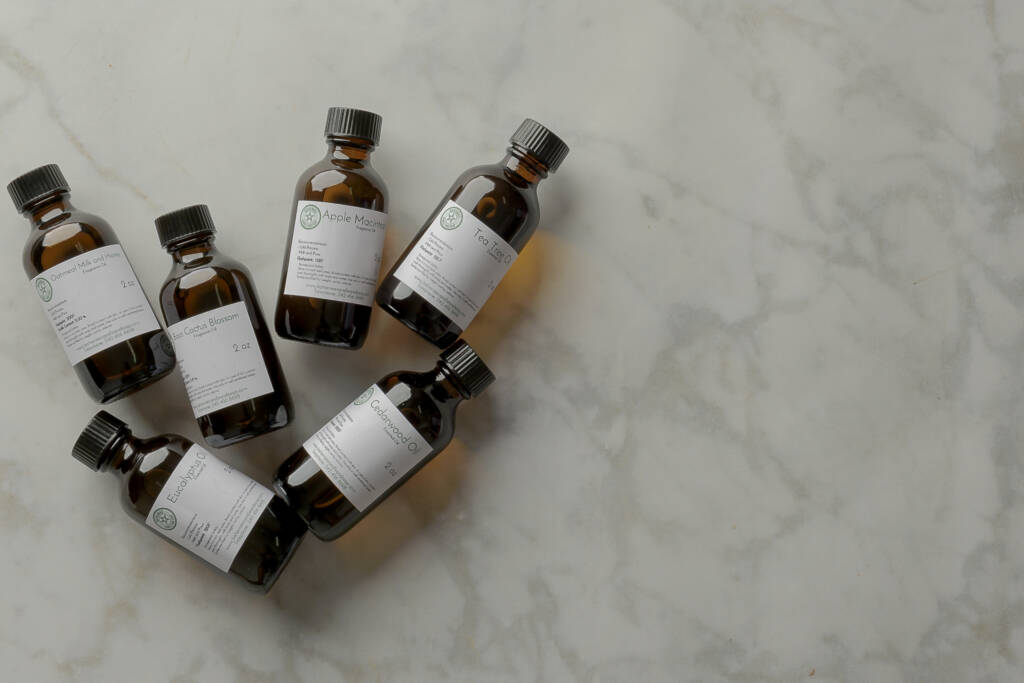
3 – Add Essential or Fragrance Oils to castile soap(optional)
If you have an essential oil or fragrance oil that you would like to add to your recipe this is a good time to add it to the oil mixture.
There is one caveat to this however. Not all fragrance oils behave well in cold process soap making. You must ensure that you now how the fragrance oil will react to the soap.
Sometimes this means that it will accellerate trace, it will discolor or it some cases when adding the carrot puree it can cause the soap to begin to separate. Make sure you choose the right fragrance oil. We recommend using essential oils as they are more reliable
Measure out fragrance in a glass container. (do not use plastic container for essential oils) When measuring use wax paper on top of your scale to avoid the oil spilling on the plastic of the scale. Essential oil eats at plastic and will destroy your scale.
Make it a habit when using fragrance or essential oil to use a glass containter. Add the fragrance to your oil mixture in the mixing bowl and stir. Now you are ready to add your lye water.
NOTE – if your fragrance accelerates trace then adding it to the oil is not the best option. Wait until you have reached a light trace to add your fragrance.
4- Oil and Lye Mixture to make castile soap
- Take note of the temperature of your oils and your lye water. At this point they both should be between 80-100 degrees Fahrenheit but closer to 100-120.
- With your stick blender in your oils well burped, pour your lye water into your Oil mixture along stick blender to prevent bubbles.
- Begin to blend the lye water and oils together with short pulses from your stick blender and then longer sustained mixing. (Depending on your fragrance oil, trace may be accelerated if you added the fragrance to the base oils, be sure to work quickly and blend to light trace. If you did not add the fragrance to the base oil then continue.)
- Watch your soap batter carefully, with the amount of water and such a soft oil it will take some time to reach light trace. Emulsification and light trace looks almost the same so you have to be careful at this point.
- At light trace take your sugar water and add it to the soap batter and stir i tin with a whisk, then continue to use the stick blender.
- Mix your batter until you have reached a light to medium trace. I personally prefer a medium trace which is the point right before the batter becomes to thick to pour.
- Pour the mixture into the loaf mold, and ensure you scrape out any remaining batter into the mold. Tap the mold on your work bench to remove any bubbles from the poured batter. You can design the top as needed
- Depending on ambient temperature of your work room, cover with cardboard or wax paper over top then put to bed with towels to go through trace. (NOTE – If in a room at 75deg or more leave open and exposed as putting it to bed with a covering will most likely cause it to overheat and volcano. If in a cooler room cover the soap to let its own heat help take it to gel phase)
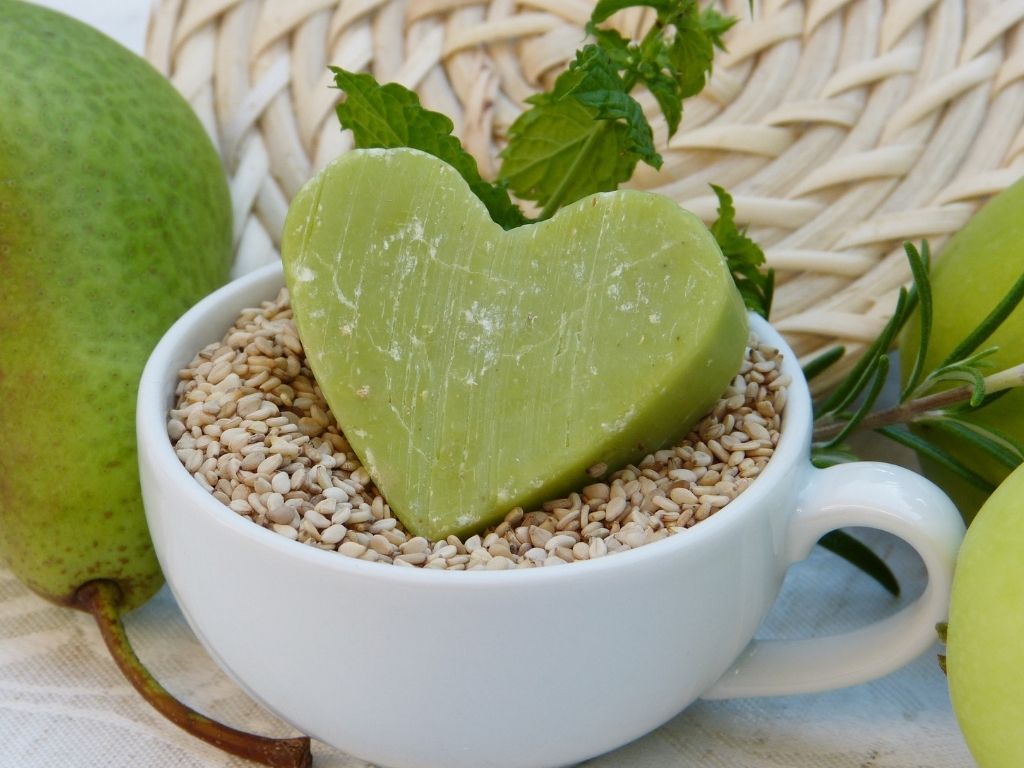
5 -Removing your soap from the mold
- Let you soap sit for 48 hours before attempting to removing from the mold.
- Check its readiness to be handled and removed by pressing lightly on the top of the soap. It should be slightly hard to the touch if it is still soft leave it in the mold for another 24 hours.
- After 72 hours and the soap has not hardened enough, you can place in the refrigerator for an hour to allow the mixture to cool and harden to a point to make it easier to remove from the mold without damaging the soap.
- After cooling remove the silicon and soap from the wooden mold by turning the mold upside down. The silicone part should slide out of the wooden mold easily.
- Pull the sides of the silicone mold away from the soap slowly. If it looks sticky as you pull, place the soap back into the refrigerator. If not continue to gently pull the sides away from the soap.
- Once all four sides are pulled away turn the silicone mold upside down and while pulling at the two narrow end of the silicone press down gently on the bottom of the silicone onto the soap.(this will help release the soap from the mold)
- As the soap begins to slide out of the mold help it along the way by pushing on the bottom of the mold until it slides completely out of the mold.
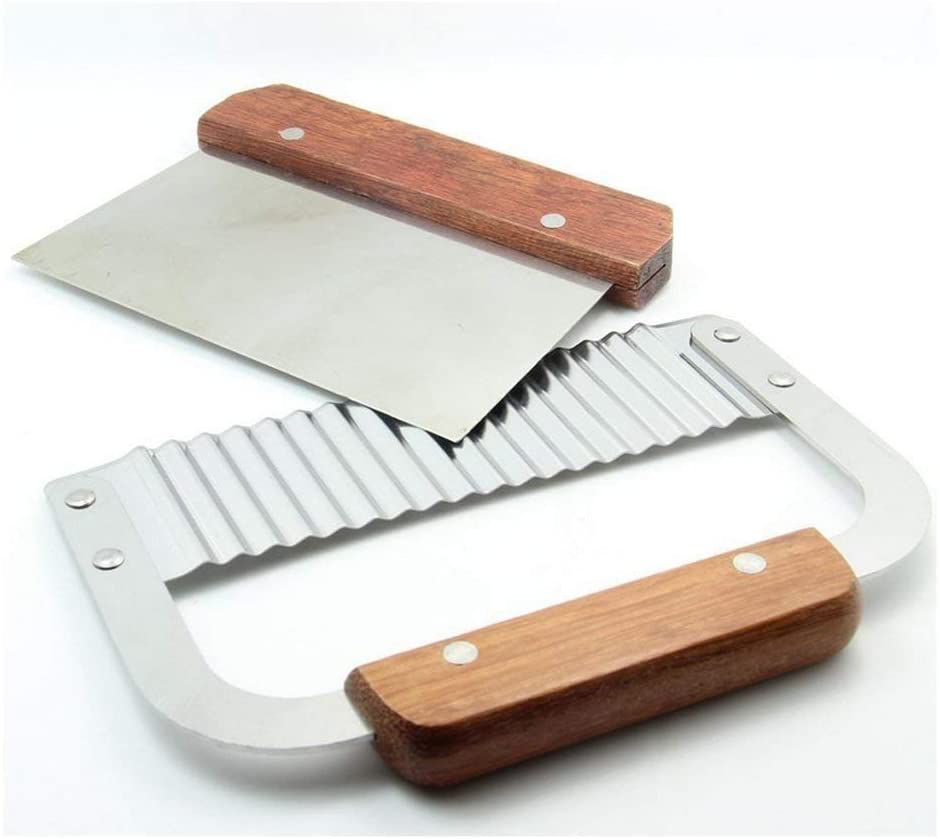
6 – Castile soap cutting and curing process
Cutting your soap is completely up to you. You can cut as thick or as thin as you like. The most standard thickness is often at 1 inch. For a typical soap loaf this will yield 10 bars of soap.
- Cut your soap using a soap cutter, a knife dedicated to soap cutting or a wire cheese/soap cutter.
- Cut them 1 inch thick, or to any thickness you like (Just do not leave it as one full loaf for long, the longer you wait the harder it becomes to cut the soap because it will begin to cure and get harder)
- Let your soap bars sit in a cool dry place for 4-6 weeks to cure. (Curing removes the excess water from the soap, this causes the soap to last longer.)
- Rotate your soap, changing the part that it sits on around to allow even evaporation of water from your soap.
- If you want to track its rate of curing you can weigh the soap bar directly after cutting it and over the next few weeks weight it again. When the weight becomes negligible to track your curing process has completed.
How long does it take for castile soap to cure and harden
Typical handmade soap that is made from a mixture of oils hard and soft can be cured and harden between 2-6 weeks. With 100% olive oil however it takes much longer.
It takes a full year for castile soap made of 100% olive oil to fully cure and harden to a bar that last long in the shower and the moist environment of the bathroom.
Place your cut soap bars in a cool dry place to cure for your 6 month or full year cure process. Keep a journal of the weight of a few bars to follow the time it takes for the bars to loose water and cure.
Curing of soap occurs when the soap begins to loose water weight via evaporation. This leaves a harder longer lasting bar of soap. If it is your first time making castile soap this is a good time to track your recipe and how fast your soap cures in its environment.
Every month take the same 2 or 3 bars of soap and weigh them. As they loos water and cure they will loose weight. Tracking how much they loose over time will help you learn how long it takes to fully cure.
When your bars of soap stop loosing weight they have completely cured. This is why some persons state that 6 months is enough time while others say 1 year. This also has a lot to do with the amount of water you use in your lye mixture. Lye discounts will reduce the cure time.
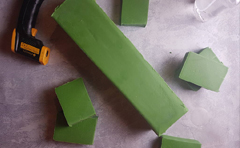
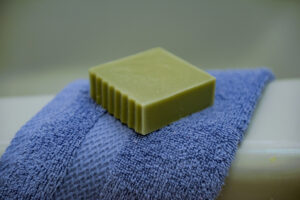
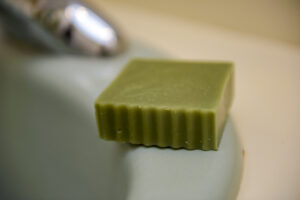
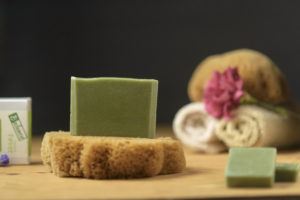
Congratulations on making castile cold process soap
Making castile soap is something every soaper should do every so often. It does take some time to cure but the benefits of the soap on the skin especially for persons with eczema are invaluable.
Practice this soap recipe every so often. It may become your best soap ever. Play with colors, fragrance and essential oils to find a combination that works best for you.
We would love to hear your success stories or if you are having trouble we would love to help you our.
We also carry soap making kits that are great to get started with if this is your first time making cold process soap.
Recent Posts
Best Practices for Using, Storing, and Keeping Soap Molds for a Long Time
Soap making can be a rewarding and creative pursuit, allowing artisans to craft unique products while exploring their artistic side. One of the most critical components of this process is the soap...
Recommended Soap Molds Soap making can be an exciting hobby or even a profitable business but you wont get very far if you make a batch of soap and have no way to shape and mold it. This is where...
